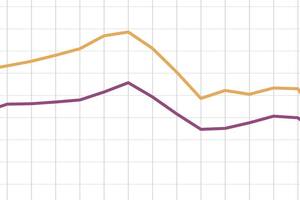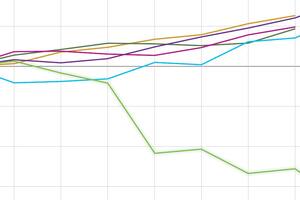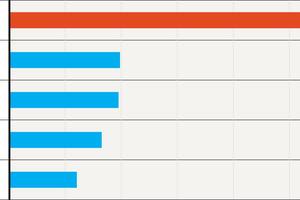Data
DATA
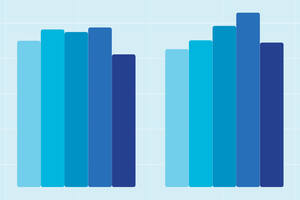
Decline in scientific output in 2022
Data show a decline in scientific output in São Paulo and Brazil as a whole in 2022
By Redação
DATA

PhD graduation/dropout rates and the effects of the pandemic
PhD completion and dropout rates and the effects of the pandemic
By Redação
DATA
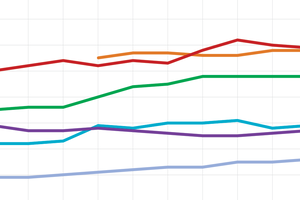
Women and jobs in S&E: the landscape in the USA
A growing number of women in the USA hold positions related to science and engineering
By Redação
DATA

International collaborations in scientific articles published by São Paulo–based researchers
International collaborations in scientific articles by authors based in São Paulo have increased
By Redação
Data
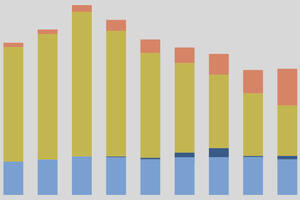
Recent trends in engineering education
Data highlight recent trends in engineering education
By Redação
DATA

Applications by women for FAPESP fellowships and grants
Women applying for more FAPESP fellowships and grants
By Redação
Data

Invention patents in Brazil
The number of invention patent applications decreased by 8.2% between 2020 and 2021
By Redação
DATA
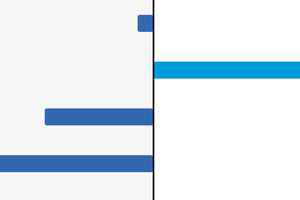
The recent dynamics of R&D expenditure
Spending on research and development in the state of São Paulo between 2018 and 2020
By Redação
DATA
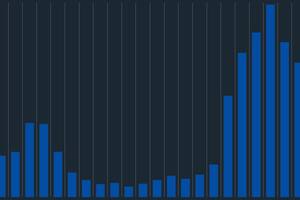
The internationalization of research
FAPESP invested R$1.88 billion in funding lines related to the internationalization of scientific research
By Redação
DATA
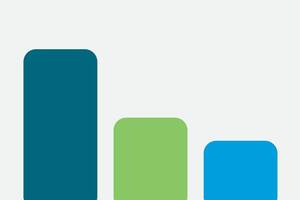
Patents and partnerships at state universities in São Paulo
Visual data on invention patents filed by São Paulo State Higher Education Institutions
By Redação
DATA

Brazil falls short of higher education enrollment target
Data shows Brazil is falling short of higher education enrollment target
By Redação
DATA
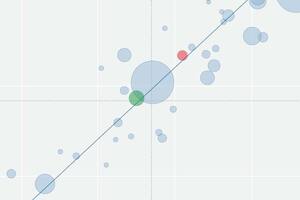
Scientific articles & economic activity
The graph presents data on GDP per capita and scientific articles published per million inhabitants for selected countries
By Redação
FAPESP – 60 YEARS
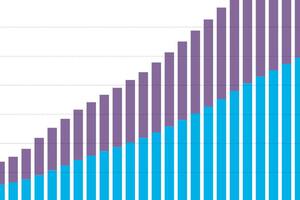
Six decades of investment in STI
Since the beginning of its activities, FAPESP has funded over 310,000 research projects
By Redação
DATA
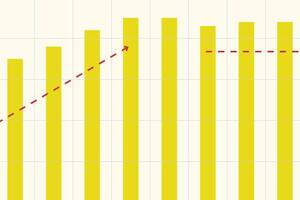
Tax expenditures associated with research, development, and innovation (RDI)
Tax expenditures associated with research, development, and innovation
By Redação
DATA

Public investment in education
Public investments in education reached 6.23% of GDP in 2018
By Redação
DATA

Doctorates dropped significantly in 2020
Doctoral training has a significant drop in 2020
By Redação
Data
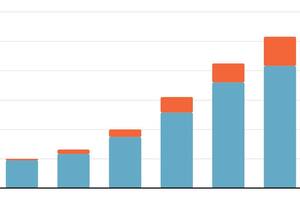
Information about science
The demand for reliable scientific information has grown in recent years
By Redação
Data

Public R&D funding in São Paulo
A FAPESP survey on R&D activities carried out in São Paulo in 2018 offers a precise distinction between who funds and who conducts R&D in the state, and how much the government contributes at different levels The graphs above show that the business sector conducts the most R&D, but the government sector contributes just as... View Article
By Redação
DATA
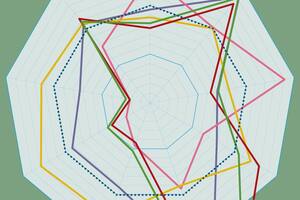
Specialization Index
Specialization Index of scientific publications in selected fields
By Redação
Data

RISB and the fourth industrial revolution
Industry 4.0 is revolutionizing the means of production through coordinated use of the information generated and managed by production monitoring systems
By Redação
Data
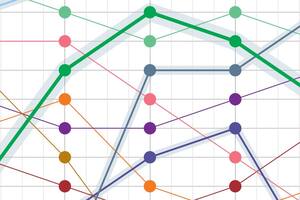
R&D intensity in national productive structures
Of the various data used to calculate a country’s GDP, the output of different economical sectors is of particular importance
By Redação
Data

Scientific research on coronaviruses: the impact of COVID-19
Scientific research on coronaviruses: the impact of COVID-19
By Redação
Data

Invention patents filed by universities in São Paulo
Percentage of all invention patent applications filed with the Brazilian Patent Office by legal entities in São Paulo that were submitted by higher education institutions, per quadrennium
By Redação
Data

Number of published scientific articles has grown significantly over the past three decades
Number of published scientific articles has grown significantly over the past three decades
By Redação




